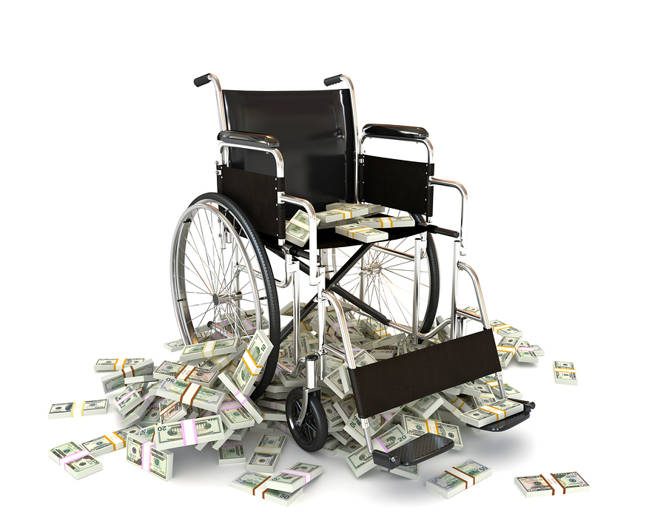Many buyers prize a community’s cash flow over many other factors when looking for relatively safe investments that can provide returns to their capital providers. The past three years haven’t reached the record set in 2014 of $14,200 per unit, but in a year where the average price per unit for seniors housing (independent and assisted living) increased, it makes sense that NOI per unit would increase in turn. Driving the NOI per unit up to the $14,200 per unit mark was the assisted living sector, which accounted for 23 of the top 25 recorded values, and very high NOI per unit results, per the latest Senior Care Acquisition Report. The improved existing cash flow seems to have outweighed concerns about lower occupancy, a tighter labor market and overdevelopment.
When broken out by assisted living and independent living, one would think that if IL prices rose by only $1,900 per unit, or 1.0%, we would see a corresponding small increase in the NOI per unit for the properties sold. And for the larger 14% increase in assisted living prices, we would expect a larger increase. However, while NOI per unit increased by 6% for assisted living (from $13,300 per unit in 2016 to $14,100 per unit in 2017), it rose a whopping 21% for independent living (from $10,900 per unit to $13,300 per unit). This jump for IL comes in the face of a high proportion of “B” properties sold (50% in 2017), but it goes to show that with less competition, “B” properties can still thrive and produce a healthy level of cash flow. Although assisted living communities combined for a smaller percentage increase in average NOI per unit, their increased quality year over year shouldn’t be overshadowed.


